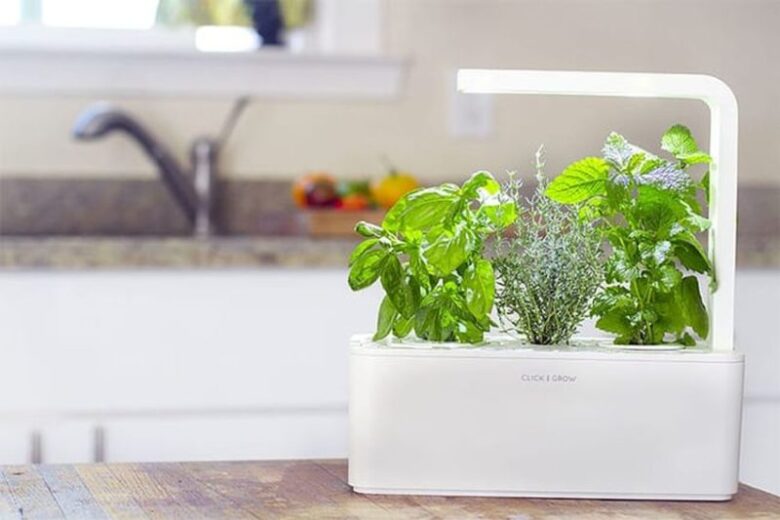When the winter season comes and you are thinking about all those fresh greens from the summer then consider growing indoors. Not only will these indoor plants clean your house’s air and improve your home’s aesthetics of your indoor space, but you will also get yourself a whole batch of tasty and juicy organic foods.
A lot of city people with gardens near busy streets may find indoor growing to be very useful. These plants won’t be taking up too much space of your home, even a windowsill is enough if that is all you currently have. Your indoor garden could also be an early startup for your new outdoor garden when spring comes.

If you want to take up this tasty hobby and grow yourself some tasty foods indoors then make sure you read our comprehensive guide until the end.
Space
The great thing about indoor growing is that it can take as little or as much space you are willing to give it. Growing indoor plants of all kinds, even tomato gardening can all be done on a table or a windowsill. Larger and experienced growers may want to set up a bench or a table specifically for the new indoor garden.

Find an area with a linoleum or tile floor to catch all the inevitable water drops or just put a tarp under the table or something like that. Shelves can also provide you with a lot of planting room while taking up very little space. If you are using shelves, then make sure that enough light reaches all of the plants. This might require you to get yourself a separate grow light for each of the shelves.
You can get all the needed equipment and tools at Growace if you are planning to grow organic food indoor
Light
Plants need the light so they can photosynthesize and they need photosynthesis so they can survive. Without enough light, a plant will grow spindly and tall. They still may not expand even if there is enough energy to grow leaves. And without adequate light, you probably won’t be seeing any fruits or even flowers on your plants.

Even those plants that you put near a window probably won’t get enough light during the cold winter days so they can grow. There are a few things you need to consider when purchasing a grow light.
-
- Plants have photoreceptors that only absorb specific wavelengths of light. Your new grow light needs to have the same wavelengths as the plants seek, which is why regular light bulbs won’t work for your indoor plants.
- The light should be as close to the plant without burning leaves.
- Most plants and vegetables need at least 14 to 17 hours of sunlight or grow lights a day. If your plant isn’t getting enough light, it will usually have thin stems, small leaves and the color of the plant will be much lighter.
- The hormone florigen controls all the flowering and budding. Long day plants require about 16 to 18 hours of light to produce the right amount of florigen so the plants can flower and reproduce. Short day plants need only about 10 to 12 hours of light a day. If these plants are exposed to too much light, they won’t bloom.



